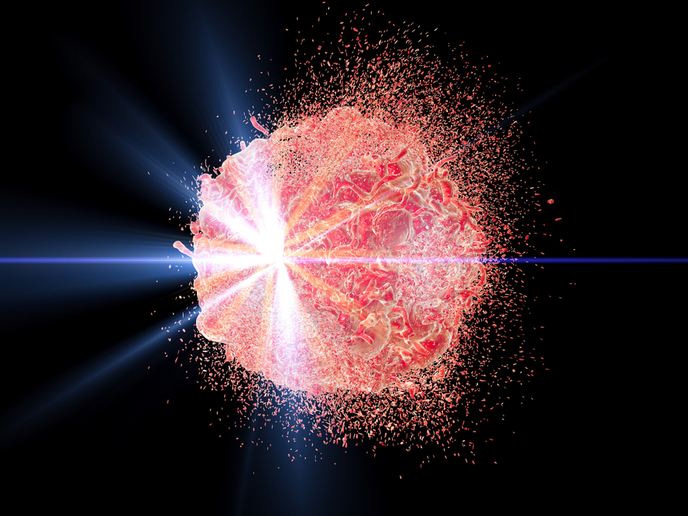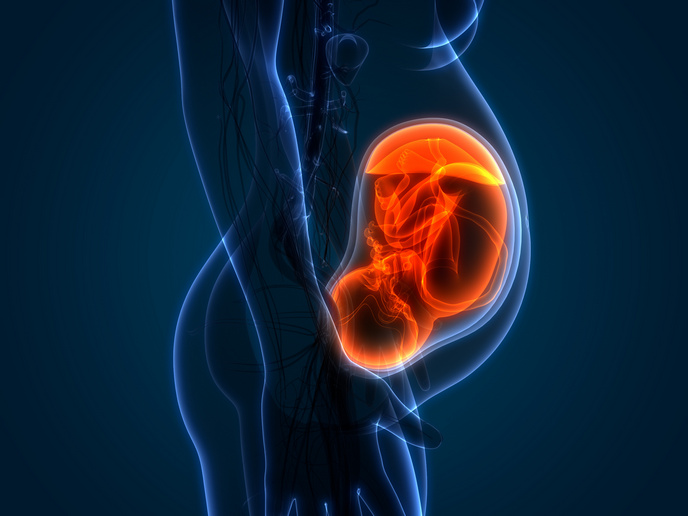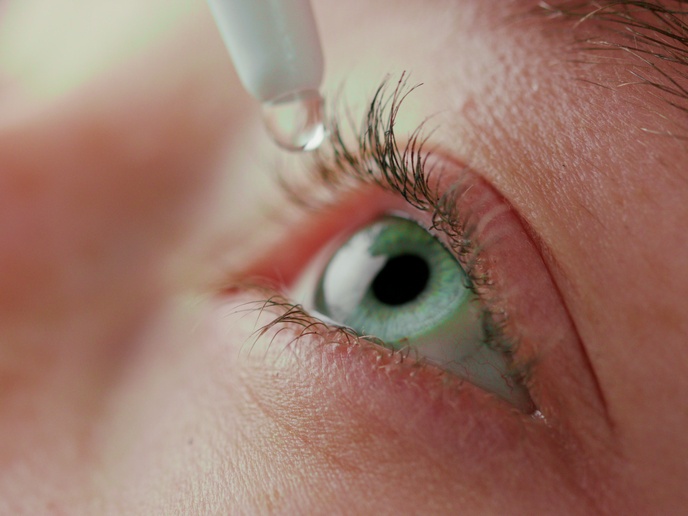Improving radiotherapy outcome with nanoparticles
Although technological advances in radiotherapy have reduced the risk of normal tissue complications, treatment of radiotherapy-resistant tumours remains a challenge. In the past decade, scientists have reported enhancement in radiotherapy efficacy with the use of nanoparticles. Apart from a physical impact (dose enhancement), nanoparticles could be interacting with essential biological macromolecules inducing biochemical changes in the cells and an enhanced effect of the radiation process. However, the underlying mechanisms are still not fully known.
Insight into the biochemical impact of nanoparticles
Undertaken with the support of the Marie Skłodowska-Curie programme, the NANOCANCER(opens in new window) project wished to investigate the mechanisms by which nanoparticles sensitise cancer cells to radiotherapy. Nanoparticle range in size between 1 and 100 nm, and preferentially accumulate in the tumour more than other parts of the body either through active targeting or through a phenomenon known as enhanced permeability and retention. They achieve higher cancer cell penetration and fewer side effects on normal cells compared to conventional radiosensitisers. To elucidate the nanoparticle-induced cellular damage at the molecular level, partners employed synchrotron-radiation-based Fourier transform infrared microspectroscopy (SR-FTIRM) as a bio-analytical tool. This vibrational technique allows the identification of the chemical composition and structure of biological molecules using infrared light. Researchers irradiated glioma cells that contained gadolinium and gold nanoparticles with several types of medical ion beams such as photons, protons and heavier ions. Through principal component analysis, they analysed differences in cell composition. “Our aim was to identify the biochemical impact of nanoparticle-based radiotherapy approaches on the main cell biomolecules such as DNA, lipids and proteins,” explains the MSC fellow Imma Martínez-Rovira. The researchers discovered that nanoparticles induced modifications paramount to the proper structure of cellular proteins, while they also impacted the structure and chain length of various lipids. With respect to DNA, nanoparticles caused a number of structural and conformational changes as well as enhanced DNA damage(opens in new window). Collectively, these nanoparticle-induced molecular changes led to an enhanced production of reactive oxygen species (ROS) and DNA damage response. Furthermore, the sensitisation effects of radiotherapy and nanoparticles were type-specific and depended on the cell type(opens in new window) and irradiation configuration(opens in new window).
NANOCANCER significance and future prospects
NANOCANCER findings on the biochemical changes induced by nanoparticles shed light on a poorly understood process. In addition, they set the ground for enhancing the therapeutic index of radiotherapy and increasing tumour cell killing. This is of interest particularly for the treatment of diseases with poor prognosis such as radioresistant cancer. “Monitoring the nanoparticle-based biochemical changes is a complex task that requires investigation of a wide range of processes; therefore, it warrants further experimental investigation,” emphasises the project supervisor Ibraheem Yousef. Nonetheless, the project underscored the relevance of the SR-FTIRM technique for assessing cell responses to innovative radiotherapy approaches. Overall, the multidisciplinary approach of NANOCANCER, with both academic and clinical partners, brought knowledge across different fields. This is essential to improve our understanding of cancer, as well as to develop innovative approaches for disease treatment and management. Considering the number of people undertaking radiotherapy and the associated socioeconomic cost, improved anti-cancer treatment regimens are long overdue.







